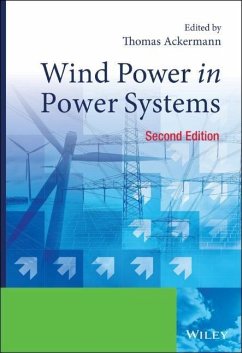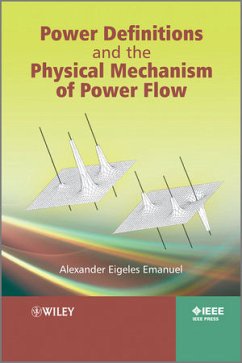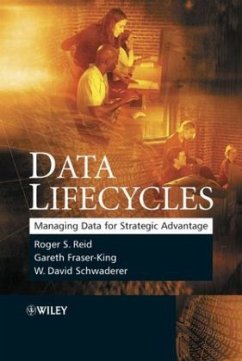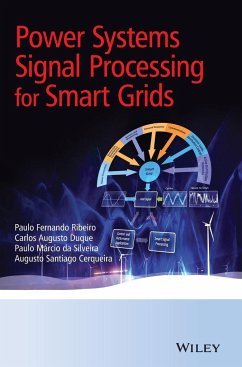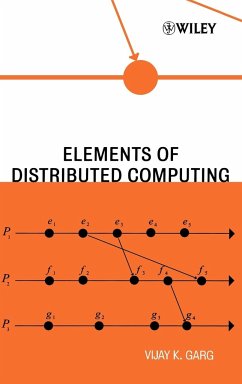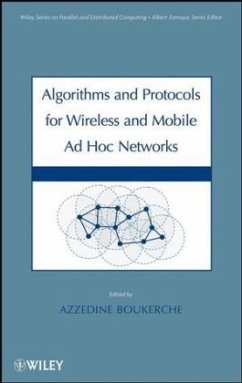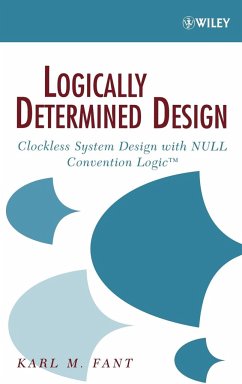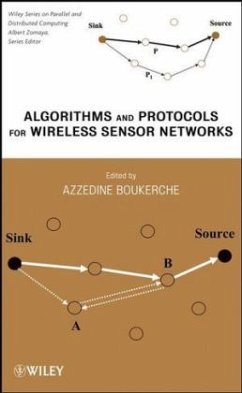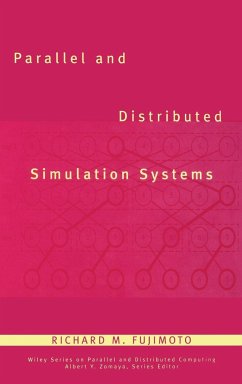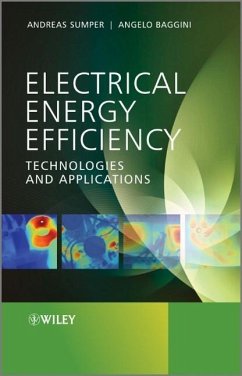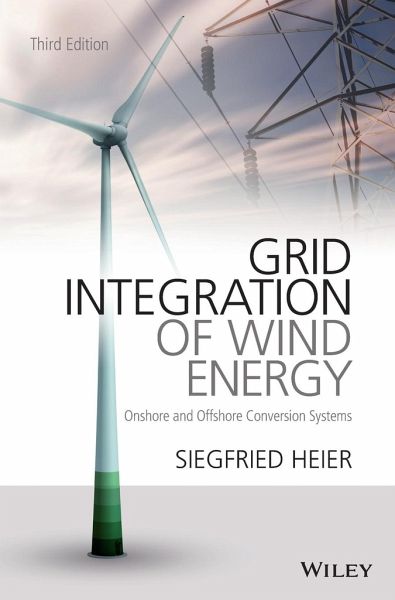
Grid Integration of Wind Energy
Onshore and Offshore Conversion Systems
Versandkostenfrei!
Versandfertig in über 4 Wochen
129,99 €
inkl. MwSt.
Weitere Ausgaben:

PAYBACK Punkte
65 °P sammeln!
This popular reference describes the integration ofwind-generated power into electrical power systems and, with theuse of advanced control systems, illustrates how wind farms can bemade to operate like conventional power plants.Fully revised, the third edition provides up-to-date coverage onnew generator developments for wind turbines, recent technicaldevelopments in electrical power conversion systems, control designand essential operating conditions. With expanded coverage ofoffshore technologies, this edition looks at the characteristicsand static and dynamic behaviour of offshore wind farm...
This popular reference describes the integration ofwind-generated power into electrical power systems and, with theuse of advanced control systems, illustrates how wind farms can bemade to operate like conventional power plants.
Fully revised, the third edition provides up-to-date coverage onnew generator developments for wind turbines, recent technicaldevelopments in electrical power conversion systems, control designand essential operating conditions. With expanded coverage ofoffshore technologies, this edition looks at the characteristicsand static and dynamic behaviour of offshore wind farms and theirconnection to the mainland grid.
Brand new material includes:
comprehensive treatment of onshore and offshore gridintegration
updated legislative guidelines for the design, construction andinstallation of wind power plants
the fundamental characteristics and theoretical tools ofelectrical and mechanical components and their interactions
new and future types of generators, converters, powerelectronics and controller designs
improved use of grid capacities and grid support for fixed- andvariable-speed controlled wind power plants
options for grid control and power reserve provision in windpower plants and wind farms
This resource is an excellent guide for researchers andpractitioners involved in the planning, installation and gridintegration of wind turbines and power plants. It is also highlybeneficial to university students studying wind power technology,renewable energy and power systems, and to practitioners in windengineering, turbine design and manufacture and electrical powerengineering.
Fully revised, the third edition provides up-to-date coverage onnew generator developments for wind turbines, recent technicaldevelopments in electrical power conversion systems, control designand essential operating conditions. With expanded coverage ofoffshore technologies, this edition looks at the characteristicsand static and dynamic behaviour of offshore wind farms and theirconnection to the mainland grid.
Brand new material includes:
comprehensive treatment of onshore and offshore gridintegration
updated legislative guidelines for the design, construction andinstallation of wind power plants
the fundamental characteristics and theoretical tools ofelectrical and mechanical components and their interactions
new and future types of generators, converters, powerelectronics and controller designs
improved use of grid capacities and grid support for fixed- andvariable-speed controlled wind power plants
options for grid control and power reserve provision in windpower plants and wind farms
This resource is an excellent guide for researchers andpractitioners involved in the planning, installation and gridintegration of wind turbines and power plants. It is also highlybeneficial to university students studying wind power technology,renewable energy and power systems, and to practitioners in windengineering, turbine design and manufacture and electrical powerengineering.





